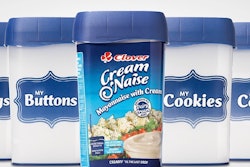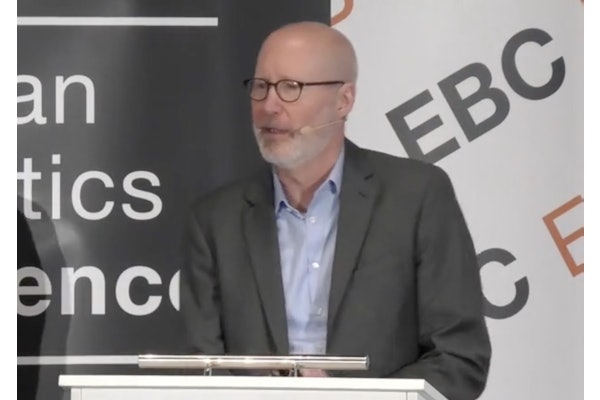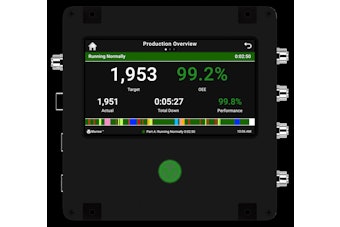
What does this word really mean? To some, it means recyclable, green, and earth-friendly. To others, it means long-lasting and durable.
But what if a more practical definition of “sustainable” is more along these lines: fully optimized from a value stream and best-use-of-materials perspective? Armed with this definition, a packaging professional—especially an engineer who has design, factory implementation, and compliance responsibilities—should ensure that the entire packaging development process is built on proven principles of sustainability, from design inception to end-of-life.
You may ask why this emphasis on the entire process. It’s because when you break down that complex and multi-faceted process, you begin to see all along the way that there are different opportunities to be efficient: use less energy, use recyclable materials, reduce labor at the manufacturing stage, simplify disposal, and so on. Consider, for example, the design of a retail point-of-purchase display. The corrugated material should use Sustainable Forestry Initiative (SFI) materials or materials approved by the Forestry Stewards Council (FSC). These two organizations ensure that the wood used for paper products is earth-friendly, materials are from re-grown forests that conserve soil and water and ecosystems, and that the resources used are socially responsible. The paper mills should use raw materials from such forests. The air and water consumed and released should be cleaner leaving the mill than when it entered the mill. The paper or linerboard generated should be strong, clean, and easily converted by the corrugator or chipboard sheeter.
The next consideration is using the correct material for the display. Will it be a shelf display, end cap, floor display, hangable display, or some combination of these? Do you require all corrugated parts, or can different layers be of mixed materials such as chipboard signage?
Understanding the design requirements is crucial. Ask these questions: What are the weight, signage, and useful life span of the display? How easy will it be to dispose of it when the time comes? What will the shipping environment be? Using the correct weight and sized material is important, and the designer should optimize material usage. The idea is to use lightweight materials that are labor-efficient. They also should be easily purchased (no special parts or artwork). Drawings should have all specs, such as materials and dimensions, for the sourcing professional to quickly get quotes.
The next step in the design is the manufacturing of the display parts. The materials should be standard (nonspecial linerboards and mediums). That way, if the design is subjected to a natural disaster such as a hurricane or tornado, then the paper converter can more easily provide you with your product. The Sourcing Department will appreciate the ability to negotiate on the materials. This should be considered as a sustainable process, working within the best practices of the manufacturer and your own departments. A day saved is a dollar earned.
After that, turn your attention to the delivery of the corrugated/chipboard items. Do they maximize the containers in which they are shipped? Are wood pallets or slip sheets being used? The lighter the loads and more efficient the cubes are, the more that handling and petroleum usage can be reduced or conserved. This is a responsible use of raw materials.
Next, the customer receives the materials. How easily manipulated or used are the parts? Are they easily and quickly assembled? Are there issues with warping, folds, or closures? If the pieces are clean and easily assembled, labor costs will be maintained and improved.
The next consideration is the shipping of the displays. Will only one display fit per pallet or may several fit on a pallet? Do the pallets need to be wood or can they be slip sheets?
Finally, once received by a retailer, did the display survive shipping? Is it easily placed onto the retail space and does it look good? Does it attract the consumer’s attention quickly? If your design uses conscientious materials, good raw material and converting processes, is easily produced, makes life easy for in-store assemblers, is easily shipped, displays well, and is easily recycled, your display will be like the Roman Arch—robust, elegant, and masterful. Perhaps more important, because it has been optimized from a total value stream perspective, you will have earned the right to call it “sustainable.”

























